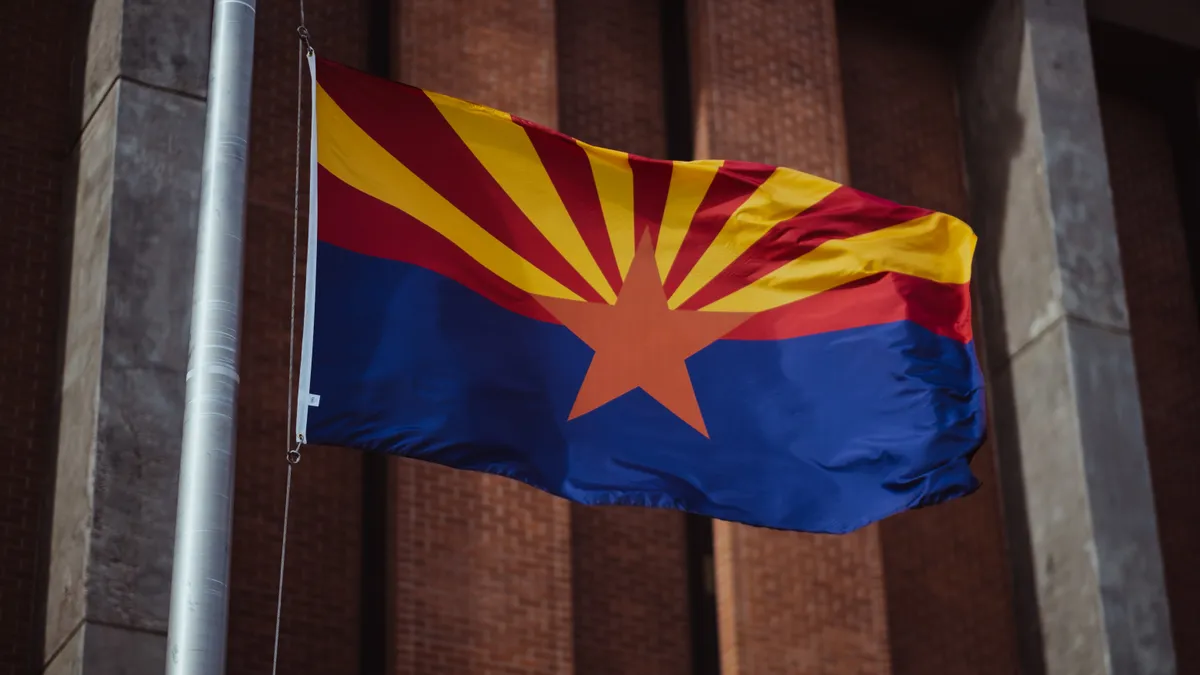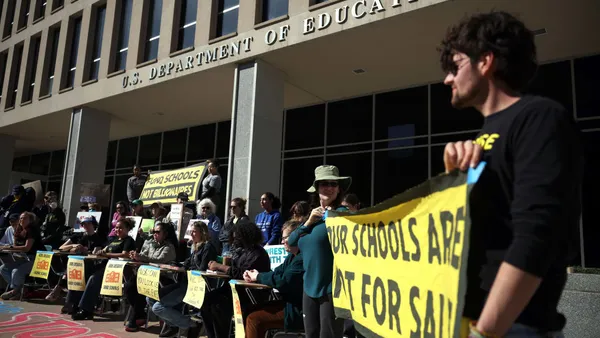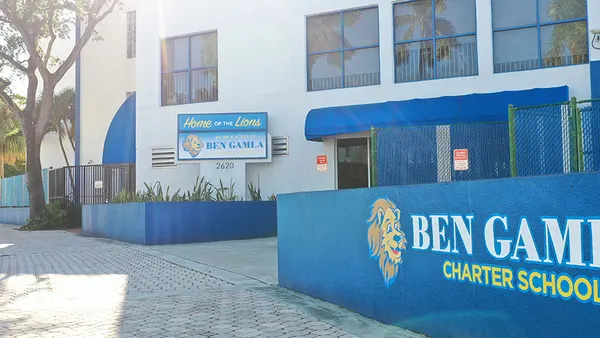Dive Brief:
- Trial began last week in a lawsuit claiming Arizona has failed to adequately fund public schools, given that the state relies on local taxpayers to pass bonds in order to pay for school maintenance costs.
- The lawsuit — filed in 2017 by the Center for Law in the Public Interest on behalf of several school districts and the Arizona School Boards Association — claims the Arizona's funding model puts low-income schools at a disadvantage and violates the state's constitution.
- The Arizona school facilities funding trial revisits a similar case heard by the Supreme Court of Arizona in 1994, in which justices ruled that the same state public education funding model violated the Arizona Constitution’s requirement that the state legislature provide a “general and uniform” public school system.
Dive Insight:
Local school funding disparities are not unique to Arizona, but in recent years, approaching the issue by suing a state is.
Recent research by Bellwether found wealthy districts in 123 large metro areas across 38 states often had much more local funding per student than less-affluent districts as a result of economic segregation. In order to close the state and local funding gap within these metro area districts, $26 billion in additional state funding is needed on an annual basis, the study said.
Bellwether researchers also suggested updating state formulas that include a generous allocation for students in poverty and those needing learning interventions.
Arizona ranked 50th in overall education spending and last in funding education as of September 2023, according to the Education Data Initiative, a team of data researchers who analyze figures on the U.S. education system. During that same period, Arizona’s schools spent $9,070 per pupil for a total of $10.3 billion annually. By comparison, the national average on spending per pupil was $16,080.
To remedy the 1994 ruling in Arizona that said the state’s school funding system was unconstitutional, the state legislature passed a law in 1998 establishing Students FIRST, which stands for Students Fair and Immediate Resources for Students Today.
The $1.3 billion program was designed to address emergency funding needs for capital projects after schools have gone through all other possible sources. Students FIRST also provides state grants to school districts to help maintain existing school facilities in addition to other state funding sources that assist with constructing new school facilities.
However, according to the Center for Law in the Public Interest, the Arizona legislature has “gradually continued to axe the program.” Since 2009, at least $4.56 billion dollars have been cut from education funding at the state level, according to the Arizona School Boards Association.
The latest trial is being held in Maricopa County Superior Court and is expected to last for a month.













